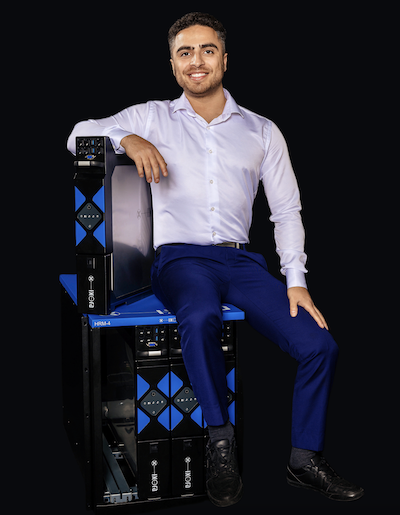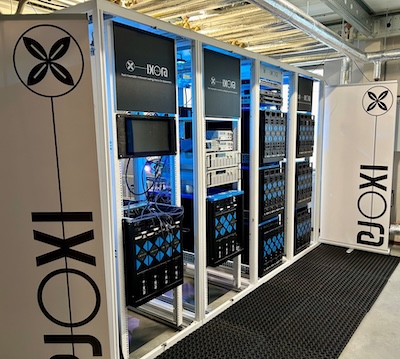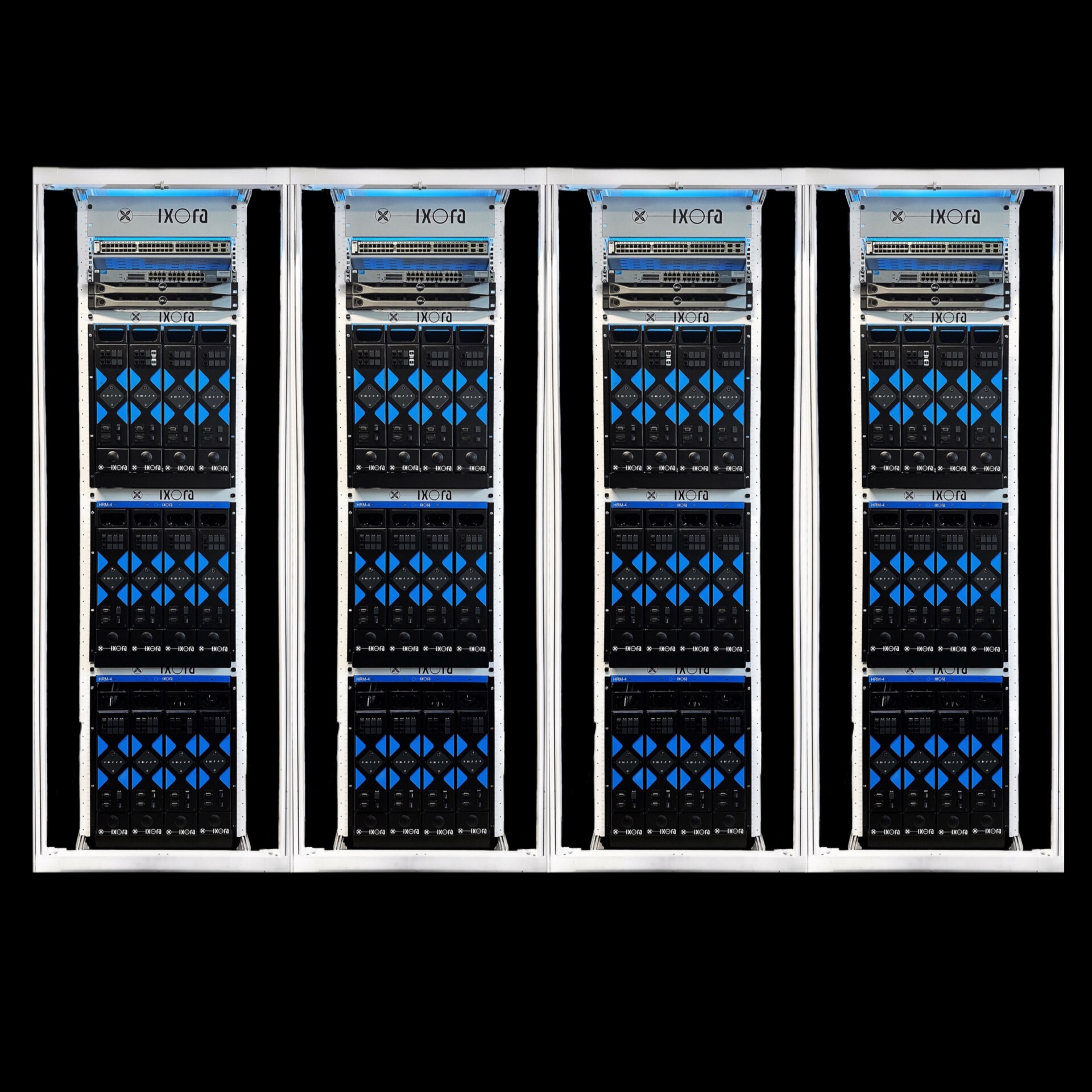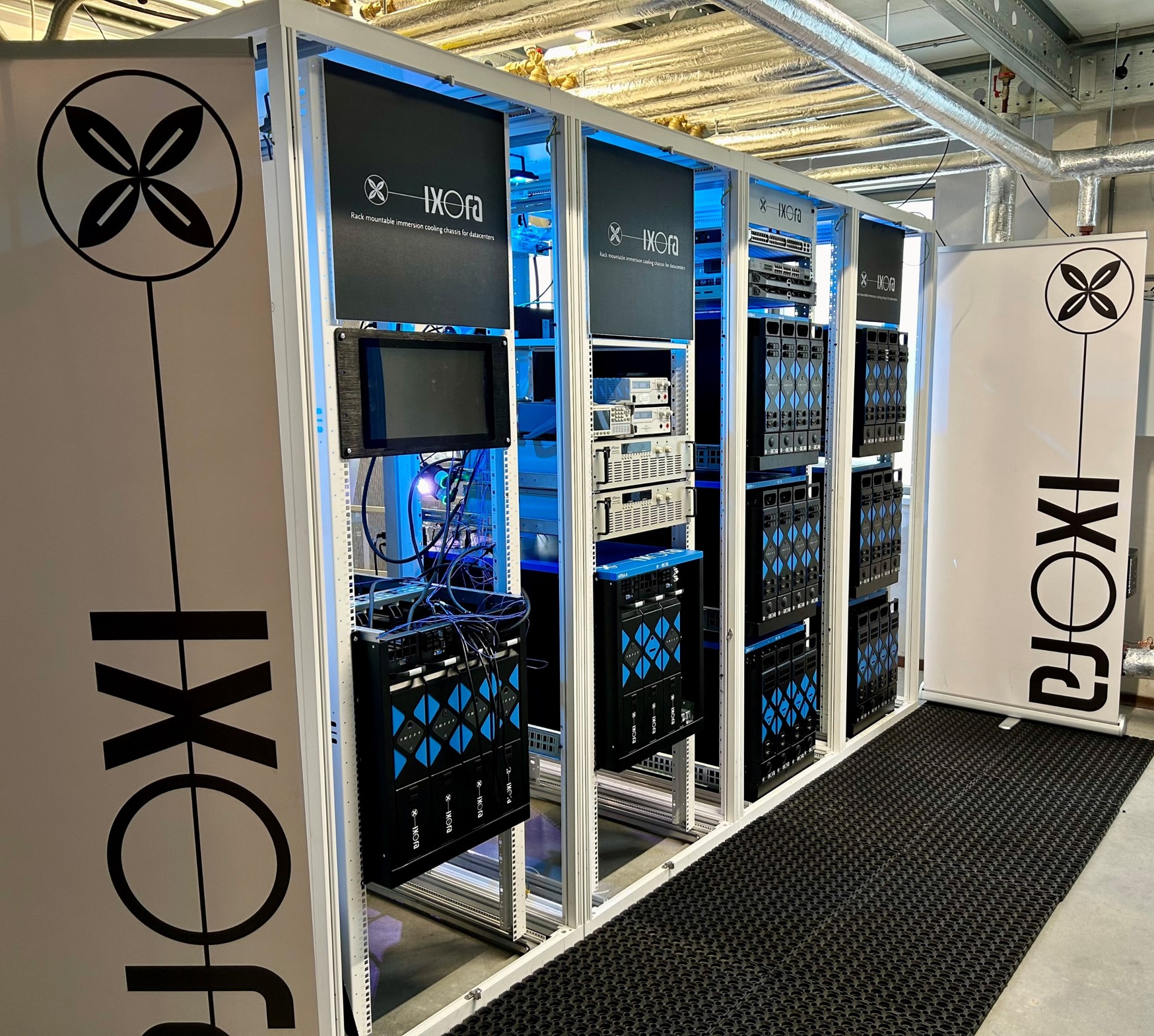Energy demand is growing faster than ever. Not only because more people are driving electric vehicles, but also due to the rise of artificial intelligence and data-driven applications. Data centers are running at full capacity and produce enormous amounts of heat daily. This waste heat often remains unused. Unnecessary, according to Khaled Aziz, sales manager at iXora. “We can smartly deploy that heat where it’s really needed.”
From waste heat to valuable exchange
In sectors such as horticulture and the public domain, there is a constant need for heat. Consider greenhouses that need heating even in winter, or swimming pools that must maintain stable temperatures. “The ironic thing is that data centers are now discharging this heat while other parties would be willing to pay for it,” says Khaled. “We can solve this mismatch.”

The power of local data centers
According to Khaled, the key lies in deploying local data centers, also known as edge data centers. Instead of large buildings in remote areas, these smaller data centers are placed directly at the location where the data is generated AND where the heat can be usefully employed. “An edge data center on a farmer’s property or next to a swimming pool enables direct energy exchange. It’s faster, more efficient, and more sustainable.”
Capturing heat with liquid instead of air
At iXora, servers are not cooled with traditional air conditioning, but with liquid via a technique called immersion cooling. “Instead of warm air, you get warm water. And you can directly use that for greenhouse heating or in a boiler for a care facility,” Khaled explains. “This not only saves energy but also prevents waste.”
Practical examples from the Netherlands and beyond
In England, iXora is working on a project with a film studio that uses heavy-duty GPU servers. These servers are immersed in liquid, and the released heat is used to warm the building. “The same opportunities exist in the Netherlands,” says Khaled. “Especially in the Randstad area, where many greenhouses and public facilities are located close to data centers.”
Applications such as swimming pools or nursing homes are also suitable. “A swimming pool needs to maintain its temperature day and night and often operates at a loss. Waste heat from a data center can really make a difference there.”
Scalable for every organization
What makes iXora unique is that the solution is scalable. The system works with compact cassettes that fit into a standard server cabinet. An organization can start with one cassette and easily expand as needs grow. “We deliberately chose a design that fits with existing infrastructure,” says Khaled. “This makes it accessible to smaller organizations or companies with specific heat requirements.”

The role of collaboration and government
Collaboration is needed to implement these kinds of solutions on a large scale. Khaled: “We need to move away from thinking in silos. Municipalities and national government can play a connecting role, for example by making heat networks available or by adapting laws and regulations.” According to him, the opportunities are literally there for the taking. “It requires vision, but it’s achievable. And it delivers immediate returns, both financially and socially.”
IMMERSION COOLING MADE SIMPLE



